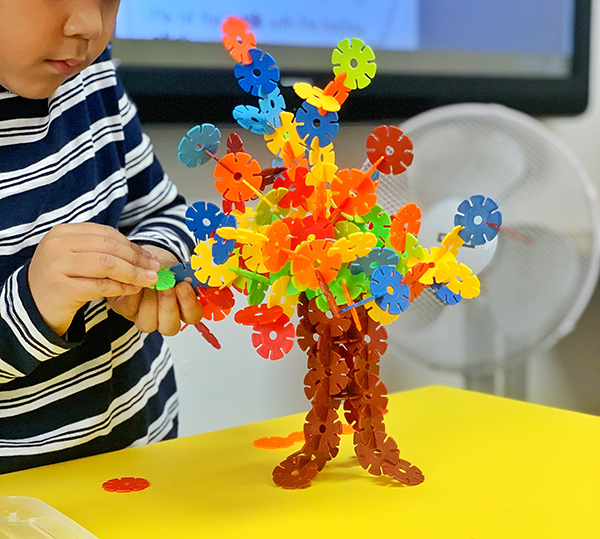What is STEAM?
What is STEAM?
STEAM education covers topics in Science Technology Engineering Art and Maths but it’s not just a shorthand for 5 different topics. It’s also a philosophy of teaching/learning that embraces project and inquiry based learning – teaching problem-solving and practical skills as well as knowledge based topics.
Why STEAM?
The inclusion of STEAM within children’s learning helps to develop key skills that may otherwise be lost through the traditional rote-learning method.
Teachers (and students) are now consistently finding that there is more to education than just passing exams or memorising a plethora of information that could be easily found through a simple Google search.
Benefits of STEAM
Regular participation in STEAM projects and activities provide learners with the opportunity to develop creativity, problem solving and critical thinking skills. These activities rely on learners recalling key knowledge from subjects such as Maths, Science and even Art!(hence the addition of A within the original STEM acronym). This allows them to practice the application of key knowledge, which usually gets compartmentalised in the brain as information needed to pass an exam. This application of knowledge is often recognised by many (such as in Bloom’s Taxonomy) as the highest level of learning that a student can undertake.
While ‘Book-work’ is important and has its place, not following it through and allowing your child to _apply_ the knowledge within an exciting project is a missed opportunity.
So why not introduce a STEAM project for your child for accomplish during lockdown?
Design Museum – Create and Make at Home



Connect with Us